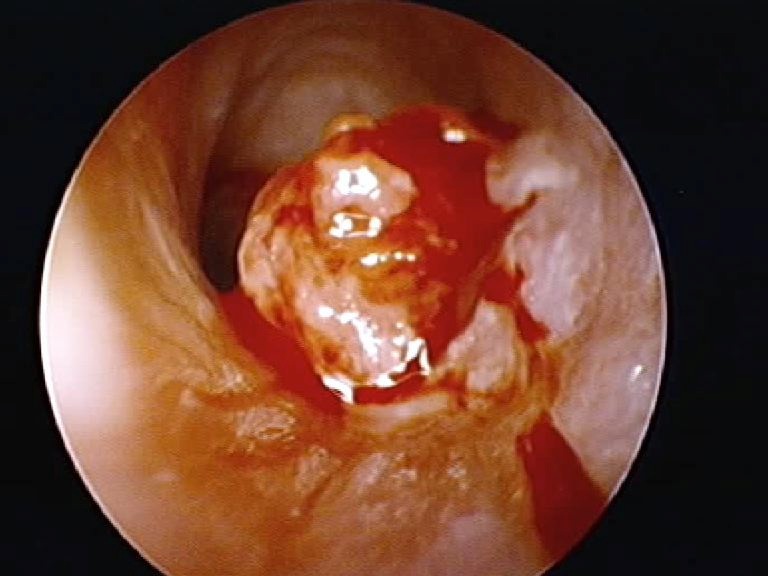Definition:
Otoendoscopy is a minimally invasive diagnostic and therapeutic procedure that uses an endoscope to examine the structures of the ear, including the external ear canal, eardrum, middle ear, and sometimes the inner ear. The endoscope is a thin, flexible tube equipped with a light and camera, which provides high-resolution images of the ear’s internal structures.
Purpose:
The primary goals of a mastoidectomy are to::
- Obtain a detailed visual assessment of the ear canal and eardrum.
- Diagnose various ear conditions, such as infections, blockages, and structural abnormalities.
- Assist in performing minor surgical procedures.
- Monitor treatment progress and evaluate the effectiveness of interventions.

